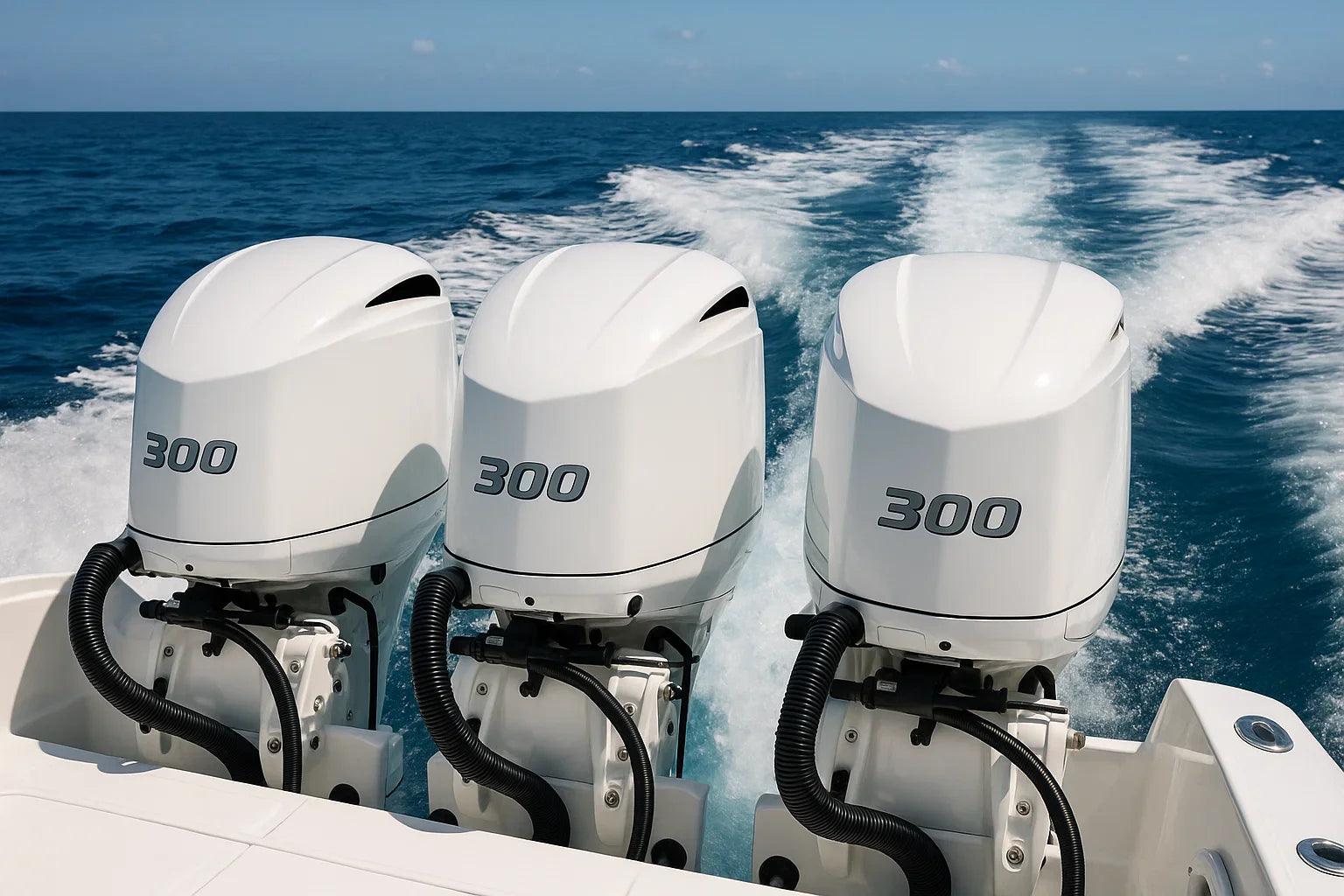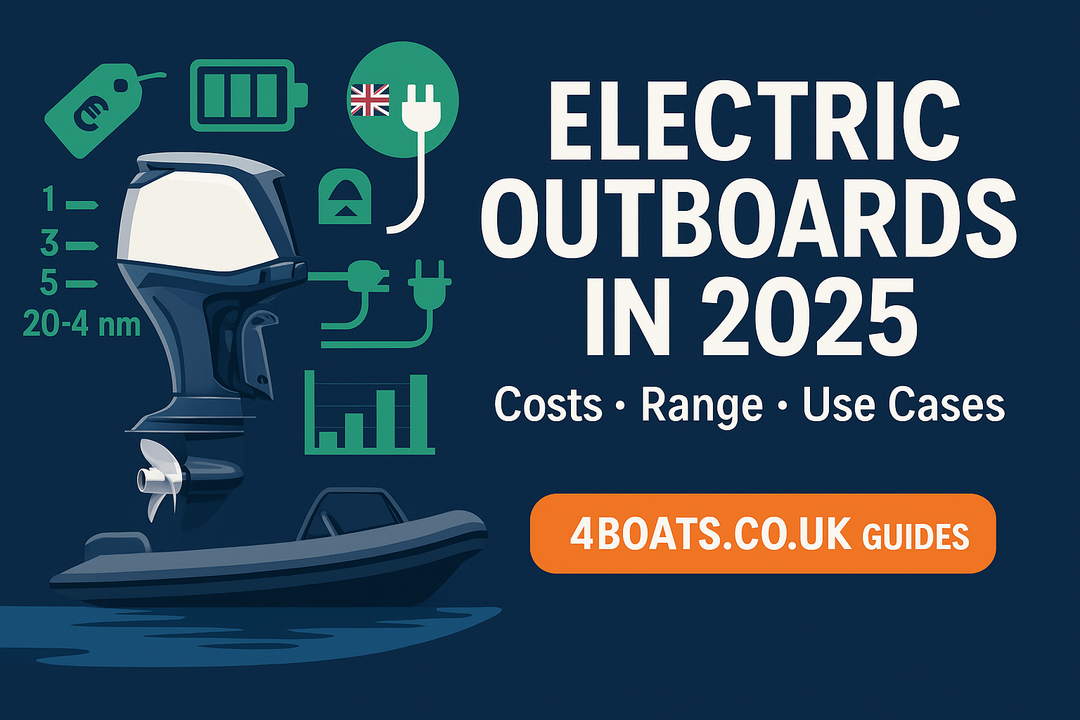How to Properly Maintain Your Control and Throttle Cables for Smooth Boating Performance
Keeping your boat in optimal working condition requires regular maintenance, and one of the key components that often gets overlooked is the control and throttle cables. These cables are essential for smooth acceleration, precise steering, and overall control of your vessel. Neglecting their maintenance can lead to stiffness, sticking, or even complete failure, which could compromise safety and performance on the water.
In this post, we’ll cover the steps you can take to ensure your boat’s control and throttle cables remain in top condition, ensuring smooth operation and longer-lasting equipment.
Why is Cable Maintenance Important?
Control and throttle cables are responsible for transmitting commands from the helm to the engine and other components like steering systems. They are exposed to harsh marine environments, including saltwater, humidity, and temperature variations. Without regular upkeep, these factors can lead to corrosion, friction, and eventual failure, leaving you stranded or unable to maneuver the boat properly.
Maintaining these cables ensures:
- Smooth and precise control over throttle and steering
- Extended lifespan of cables and connected components
- Improved safety on the water
- Reduced likelihood of emergency repairs
Steps for Maintaining Control and Throttle Cables
1. Inspect Cables Regularly
The first step in maintaining your cables is to inspect them regularly for signs of wear and tear. Here’s what to look for:
- Frayed or damaged outer casings: This can expose the internal wires to corrosion.
- Kinks or bends: These can restrict the cable's movement, leading to stiffness or failure.
- Corrosion or rust: Particularly at the connections and fittings, which are often exposed to saltwater.
Inspect your cables at least once every season, or more frequently if you operate your boat in harsh conditions like saltwater environments.
2. Lubricate the Cables
Proper lubrication is essential to keeping control and throttle cables operating smoothly. Marine-grade lubricants help reduce friction, prevent corrosion, and ensure free movement of the cables.
Steps to Lubricate Your Cables:
- Disconnect the cable from the engine and helm.
- Use a cable lubrication tool or syringe to apply a marine-grade cable lubricant.
- Slowly work the lubricant through the length of the cable by pushing it through one end and letting it flow out the other.
- Reconnect the cable once it is properly lubricated.
Ensure you use a marine-specific lubricant because it’s designed to withstand saltwater, humidity, and extreme temperatures.
3. Check for Smooth Operation
Once lubricated, test the cables to ensure they move smoothly. You should be able to operate the throttle and steering without any resistance or stiffness. If the cable feels tight or difficult to move, it might be time to replace it, even if it appears to be in good condition.
4. Clean Cable Connections
The areas where the control and throttle cables connect to the engine and helm can accumulate salt, grime, and corrosion over time. It’s important to clean these areas regularly to prevent buildup that could interfere with cable movement.
How to Clean Cable Connections:
- Use a marine-grade cleaner or a mixture of water and baking soda to scrub away any corrosion or grime.
- After cleaning, rinse with fresh water and allow it to dry completely.
- Apply a light coat of corrosion inhibitor to protect the metal fittings and prevent future buildup.
5. Replace Worn Cables
If your inspection reveals that the cables are worn, frayed, or stiff beyond repair, it’s time to replace them. Continuing to use damaged cables can result in a loss of control over your boat’s engine or steering, putting you and others at risk.
When to Replace Cables:
- If you notice rust, corrosion, or excessive fraying.
- If the cable is kinked or bent.
- If the cable feels overly stiff even after lubrication.
Preventative Tips for Cable Maintenance
- Flush Your Boat Regularly: After each use, especially in saltwater, rinse the cables and connections with fresh water to remove salt and debris.
- Store Your Boat Properly: When not in use, store your boat in a dry, sheltered location to protect cables from prolonged exposure to moisture and UV rays.
- Schedule Routine Maintenance: Don’t wait for problems to arise. Regularly check and maintain your cables as part of your overall boat care routine.
- Consider Professional Help: If you’re unsure about the condition of your cables or how to perform maintenance, consult a marine professional to ensure everything is in optimal working condition.
Conclusion
Proper maintenance of your control and throttle cables is essential for ensuring smooth operation, extending the lifespan of your boat’s control systems, and enhancing safety on the water. By following these simple maintenance steps—regular inspections, lubrication, and cleaning—you’ll enjoy more responsive steering and throttle control, making every outing on your boat more enjoyable.
For all your boat maintenance needs, including high-quality control and throttle cables, visit 4Boats.co.uk and explore our wide range of marine products.
By following these tips, you can keep your boat in top shape, ensuring reliable performance every time you head out on the water.





